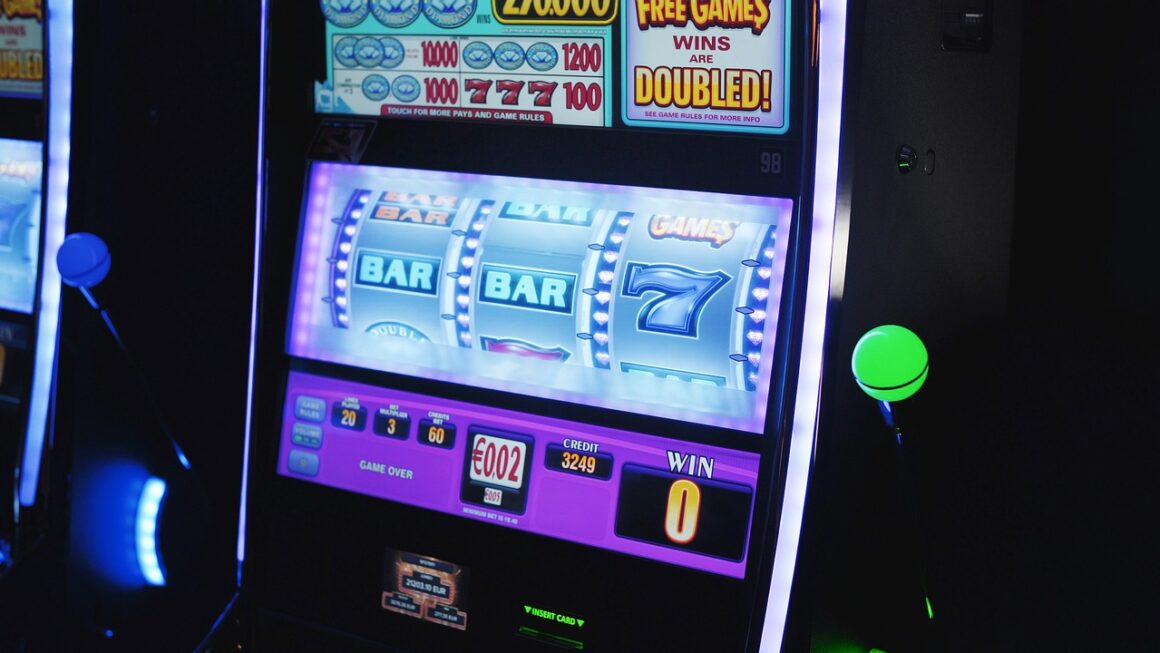It’s safe to say that everyone is familiar with the popular concept of a ‘finsta’. The idea is actually fascinating to explore because it makes no sense, yet makes perfect sense to tweens, teens, and even young adults who boast at the ability to switch accounts on Instagram from their ‘real’ profile to this alter-ego profile. That is, until a rare out-of-the-loop friend asks what the heck this ‘finsta’ talk is about. I bet you, reader, can relate when I say that this is the moment when you pause– scratch your head, and attempt to piece thoughts together to define something so silly and paradox.
The controversial concepts of FOMO (Fear Of Missing Out), likes, and approval have all emerged from concern over the deeper purpose of most users’ posts on social networking sites such as Instagram, Twitter, and Facebook. The most talked about concern is that our social network profiles may be fueling our need for approval and attention. According to Psychology Today, teen users actually become motivated by the attention they receive and continue to put effort into more time “managing, curating, and editing his or her profile, photos, and posts. And the more friends you have actually increases the number of times you check in […] ” Therefore, it is logical to say that users will post the best version of themselves for their friends/followers to view and the more viewers, the greater sense of satisfaction the user finds… right?
On finsta accounts however, users willingly embarrass themselves and post private situations for a selected few to see. This is the complete opposite of what people use their ‘real’ profile for, where they post their best pictures with carefully written captions for hundreds of people to see, the more the better. What a ‘finsta’ account consists of is simply a secret parody account where the user has roughly 20-50 followers that have been granted the privilege of an accepted follow request to view random posts of the person using the account as a diary. Here, the number of likes and followers is irrelevant and captions tend to be seemingly thoughtless and almost genuine. Most accounts are based off of memes, rants, and smack talk about people in the user’s lives that would never be released in real life or on any other profile. So why on Earth would this generation choose to create something so contradictory to an already faulty concept?
Well we humans have needs, not only biological needs like food and water but social needs as well. Abraham Harold Maslow, one of America’s most acknowledged psychologists, created what is known as Maslow’s Hierarchy of Needs where he used a pyramid structure to display human needs according to the basic and extreme measures of life.

The truth is that these ‘finsta’ accounts may actually be satisfying some of these social needs in a distorted way. Even though the idea of real Instagram accounts sounds much more socially satisfying, the fact that a lot of the posts are not genuine may change the effect that it has on our psyche. On typical finsta accounts, the user’s true worries, likes, dislikes, feelings, and even partners are revealed and accepted within a community where their friends are doing the same and everything is accepted. You are not only being accepted, but praised for being your true self. In Maslow’s pyramid structure, there are Belongingness and love needs that include relationships and friends which, if you have your selected followers on your finsta, you definitely have friends you may deem as special or accepting of your unfiltered persona. This may reassure your questionable relationships when you post and receive multiple comments and likes on posts so unscripted. The finsta community would also definitely satisfy a need of belongingness because of the accepting and unstructured guidelines that exist. Basically, there are no rules and every post will be praised which will get you liked by your other finsta pals and create a sense of unity that you are now a part of.
Another valid point to bring up is the nature of some of the frequent posts. From my own experience, many finsta posts are merely venting in the post’s captions. This is the most unsettling aspect of these accounts because it could mean that users are using their finsta as a form of catharsis that makes them feel better because of the sense of a public outlet. It’s similar to how when you’re upset and you talk it out with someone whom you feel understands, you feel like a weight is lifted off your chest. In a similar sense, once you’ve posted your detailed paragraph on your finsta, get likes, comments, and approval– you feel like you’ve spat a load and been patted on the back for it!
While I am not bashing any finsta user, (being one myself) I do wanna bring forth some of these personal theories that I feel should be taken into consideration. I recently deleted my finsta account when I found myself in an upsetting situation and my first thought was to switch accounts and rant on the infamous finsta world. This can transform into an unhealthy habit that could potentially lead to bottled up issues and wrong means of disclosure that many young users are engaging in. I am not an anti-finsta advocate, but next time you do tap the account switch option on your Instagram app, just stop and perhaps ask yourself… Why is it that I have this account again?




